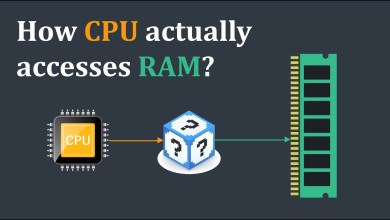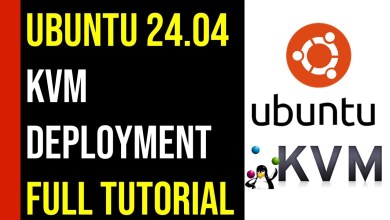What is CLOUD COMPUTING? #simple definition. 💥#SPARK.COM#🌟Sparkknowledge.com#🌟spark.com
Why would you choose Cloud computing over
traditional hosting on a local server?
Cloud computing offers businesses
more flexibility and scalability
than hosting on a local server.
It is a business model or
service that combines technology like
virtualization with a few of
the latest trends and if you require extra bandwidth,
a Cloud-based service can address that need promptly,
rather than waiting for a complex and costly update
to your IT infrastructure.
Users can customize their applications using
Cloud services from anywhere
if they have an Internet connection.
In addition, Cloud computing enables
efficient marketing of applications
regardless of maintenance and cost.
To get a common understanding of Cloud computing,
let’s start with the US
National Institute of Standards and Technology,
(NIST)’s definition of Cloud computing.
NIST defines Cloud computing
as a model for enabling convenient,
on-demand network access to
a shared pool of configurable computing resources
that can be rapidly provisioned and released with
minimal management effort or
service provider interaction.
Examples of computing resources include networks,
servers, storage, applications, and services.
This Cloud model is composed of
five essential characteristics,
four deployment models and three service models.
Let’s start with understanding
the five essential characteristics of the Cloud,
which include on-demand
self service, broad network access,
resource pooling, rapid elasticity, and measured service.
On demand self-service,
the first characteristic, means you can
access Cloud resources whenever required.
For example, a 24-hour ATM
or a vending machine at the office or store.
Services are always available on all days of the year,
regardless of whether a particular day
is a national holiday,
weekend, festival day, and so on.
There are no exceptions other than when
services are unable due to an outage or security breach.
Broad network access means that
Cloud computing resources can
be accessed through the network.
Public Cloud services could generally be accessible from
anywhere and on any device with
Internet connectivity and browser capabilities.
Today, we are open to more than
just desktops or laptops when accessing Cloud services.
There are many other devices such as tablets, iPads,
smartphones, e-readers, smart wearables, and so on.
Also, to emphasize again,
Internet access is mandatory for
accessing public Cloud services.
However, in an on-premises private Cloud,
an Intranet can only
suffice for accessing Cloud services,
provided the organization does not need to
reach out to the entire world public.
With resource pooling,
consumers save on costs when using a shared model.
This model provides Cloud providers economies of scale,
which they can pass on to their customers.
Making the Cloud cost efficient.
Computing resources are pulled to serve
multiple consumers using a multi-tenant model,
Cloud resources are dynamically
assigned and reassigned according to
demand without customers needing to concern
themselves with the physical location of these resources.
Rapid elasticity implies that you can
increase or decrease resources as per your demand.
Because of the elastic property of the Cloud,
resources can be scaled up or down vertically
scaling or scaled out as in horizontal scaling.
An ideal example would be to add resources when there is
an increase in demand due to
the increase in the number of
users while shopping online,
like during a holiday sale
and the converse after the sales period.
Measured service means that you only pay
for what you use or reserve as you go.
Measured services, however,
do not apply to certain Cloud services,
such as general email services
like Gmail, Hotmail, Yahoo,
social media sites like Facebook, Twitter, WhatsApp,
and Cloud service evaluation on a trial basis like AWS,
Azure and GCP, which are provided for free due to
the discretion policies extended
by the respective service providers.
Measured service is also termed as
a utility model of billing,
where you are charged after the usage
and at the end of the predefined period,
like monthly electric charges.
[ad_2]
source



